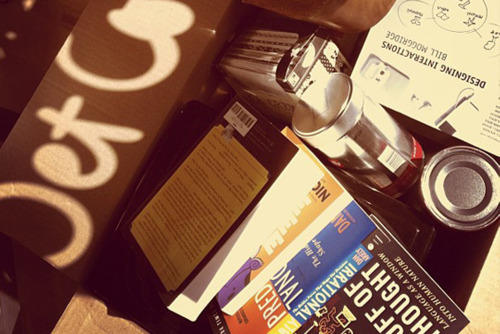
A Photo Essay posted on Jet Cooper’s blog.
The long tail model and distributed art patrons
Today I read this fascinating interview with Francis Ford Cappola on Behance and specially liked Cappola’s thoughts on separating money from artistic practice.
It is mentioned in the article that Cappola’s artistic work is completely funded by his own successful winery, so rightfully he can say art and money should be separate. My first reaction was that this is impossible for every artist. Cappola brings up three models for interaction of money and artist in the same paragraph: the traditional model where art is always funded by a patron, the new model of distribution and publication leading to the rock star phenomenon, and the [possible] future model of free art!
I’m going to be shot for saying this. But who said art has to cost money? And therefore, who says artists have to make money? - Cappola
The intriguing idea for me is applying the long tail model to funding artistic practice. Of course this is already applied in a platform like KickStarter, but even there you are getting contributions towards a specific project. What Cappola has done is to completely disengage money and art, you can buy Cappola Wine – never tried it but I assume it’s done artistically as well – as a token of supporting his vision. I really like the dual identity of artist as someone who produces objects and products affordable to the general public as a means of funding purely personal experiments. Obviously If those experiments are commercially viable in the art market they can be sold as well, but unlike the current system where the arbitrary dollar amount associated with a piece is needed for validation, in this model the artists’ opinion is valid enough.
To be continued …
10,000 posters going to 100 cities
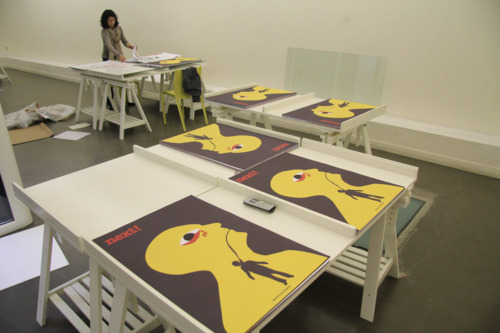
I was at MediaVillage yesterday to meet Herve Matine and check out the posters he is sending out to 100 cities to be displayed on October 10th as a part of Posters for Tomorrow. I was lucky to get there just as he was packing the final sets of 100 and got to help and see all the works 7 times over! You can check out some of the participating cities here. Because of the sensitive topic chosen for this year some of the exhibitions are happening underground and are only advertised through local networks.
MediaVillage itself was interesting to see; originally one of the factories set up for building and dismantling of the Eiffle Tower, it has been used as a bicycle factory and then a button making factory and since 2000 is the shared workspace for Designers and Media companies that it is today. The space is in 3 floors with all the desks facing a central atrium filling the whole place with natural light.
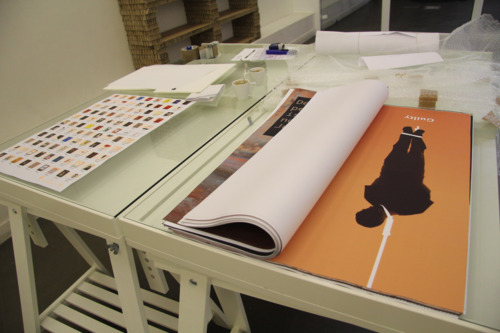
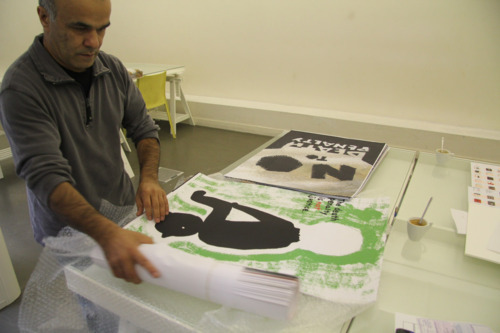
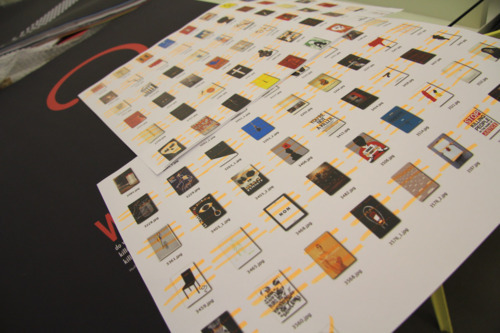
Synchronicity

Synchronicity is the experience of two or more events that are apparently causally unrelated occurring together in a meaningful manner. To count as synchronicity, the events should be unlikely to occur together by chance. The phenomenon of synchronicity was first described by Carl Gustav Jung in the 1920s.
From Wikipedia